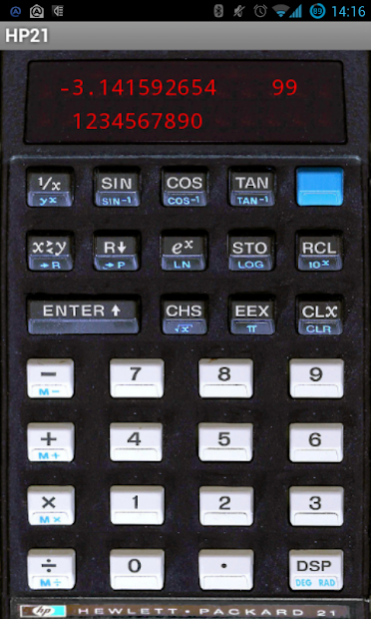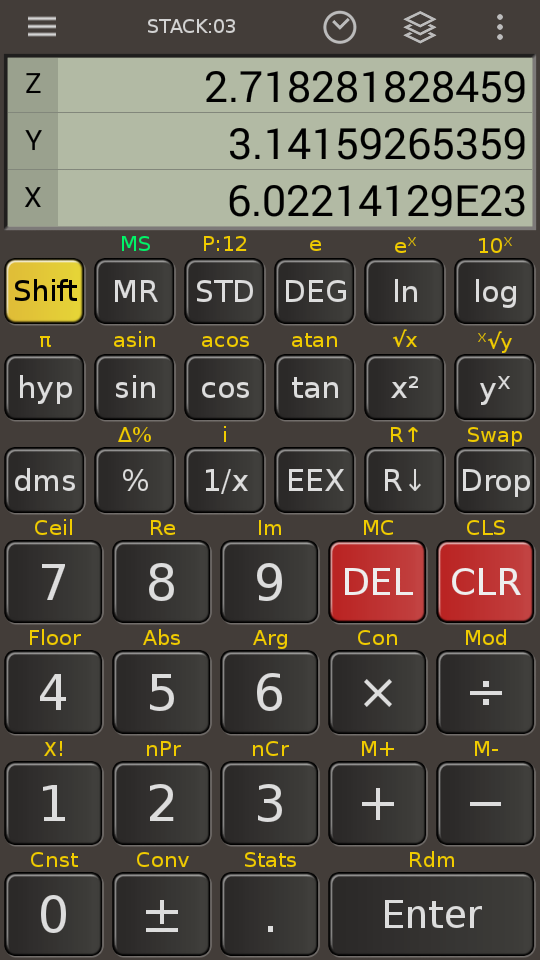

closes the calculator, without copying the data anywhereĪll data will remain on the Stack, and will be available the next time the calculator is re-started. copies the value in level 1 of the stack back into the either the keypad or the numeric entry field which was double-tapped to launch the calculator, and closes the calculator. When the shift key highlighted in grey, it indicates that the shift key is currently depressed, press it again to un-shift The OK/Cancel button This is used to show the reverse functions of each operation. You can also use your keyboard's Enter key. Pushes data from the command line into level 1 of the stack, bumping all other data up one level. Deletes the data in level 1 of the stack, bumping all other data down one level.

Or you can highlight a level on the stack and pressing the Swap button will move the value to level 1. Switches positions of the data in levels 1 and 2 of the stack. Pops data from level 1 of the stack into the command line, bumping all other data down one level. Stack Operationsįunctions are available to help you manipulate data that is currently stored in the stack. You can also use the Backspace key on your keyboard. Types a backspace into the command line. Types numeric data into the command line You can enter values using the keys provided on the calculator or use the numeric keys on your keyboard. You use it to enter or edit data and then process it, and the results are pushed onto level 1 of the stack. The command line is closely tied to the stack. You can enter up to 20 characters in the command line. The command line is where you enter or edit data. The stack display always shows levels 1 to 5, and you can use the scroll bar to view the other levels up to level 20. As you pop data off of the stack, the number of levels decrease as data is automatically bumped down to lower levels. Any data in level 20 will be bumped off the stack if new data is added, and is unrecoverable. Data in level 1 will move to level 2, data in level 2 to level 3, and so on. There are a maximum of 20 Levels available in the Stack.Īs you push new values on the stack, the stack grows to accommodate them: the new data moves into level 1, and older data is pushed to a higher level. Each location in the stack is called a Level.
#Rpn scientific x series
The stack is a series of memory storage locations for numeric data. Or it can be launched through the menu system.It can be launched from the map screen using its Keyboard Shortcut (default is the F key).The calculated value can then be automatically copied back into the keypad and then to the field which the calculator was launched from.

This will copy whatever value was currently in that entry field first into the keypad and then into the calculator's command line.

The calculator can be launched several ways: This type of calculator may seem foreign at first, so several examples of its use are included below. RPN Calculators (such as the HP48) are stack based, where values are popped from a stack, and the results of the calculation are pushed back onto the stack. Main Menu | Calculations | Scientific CalculatorįieldGenius includes an RPN (Reverse Polish Notation) Calculator.


 0 kommentar(er)
0 kommentar(er)
